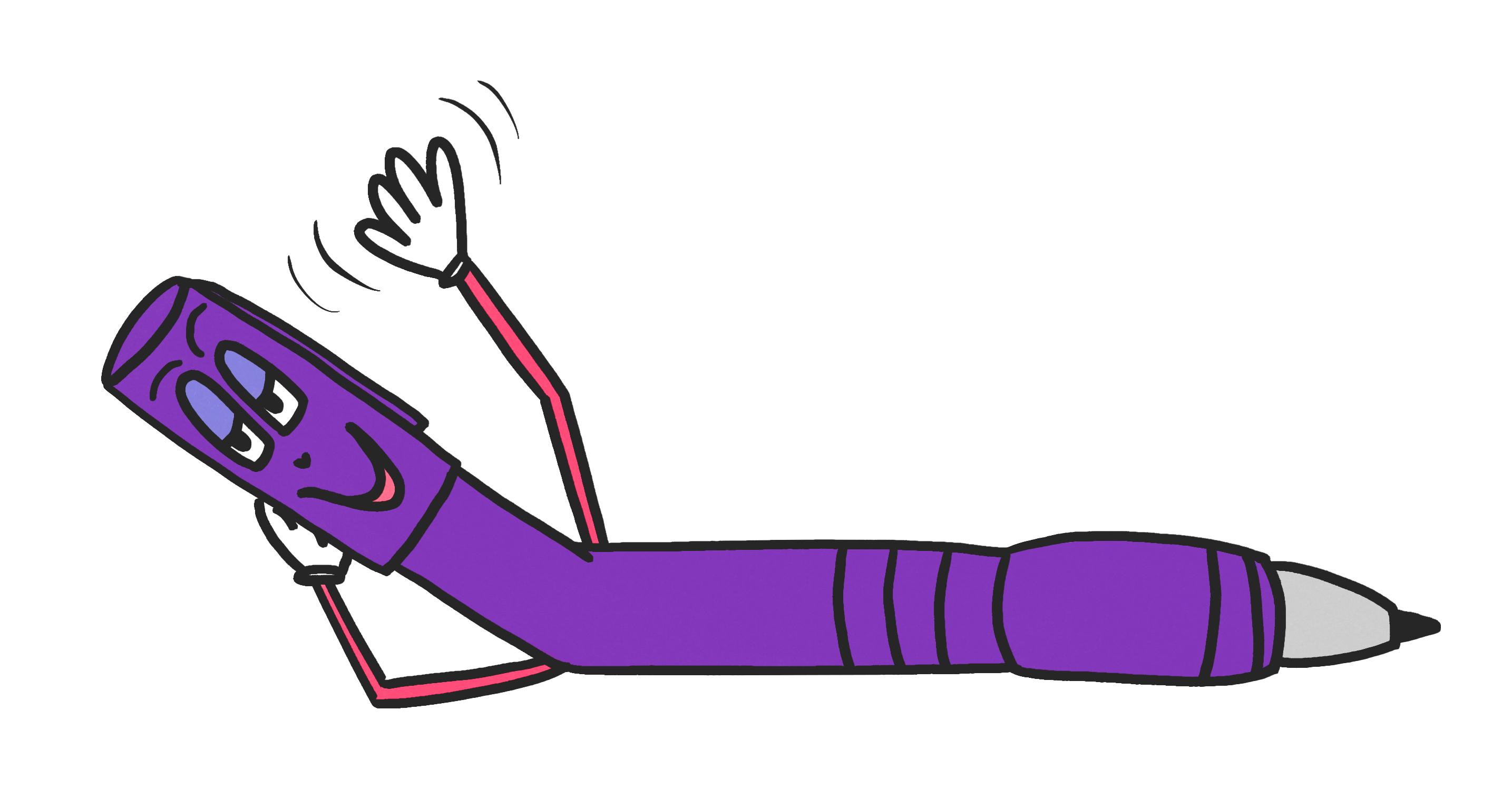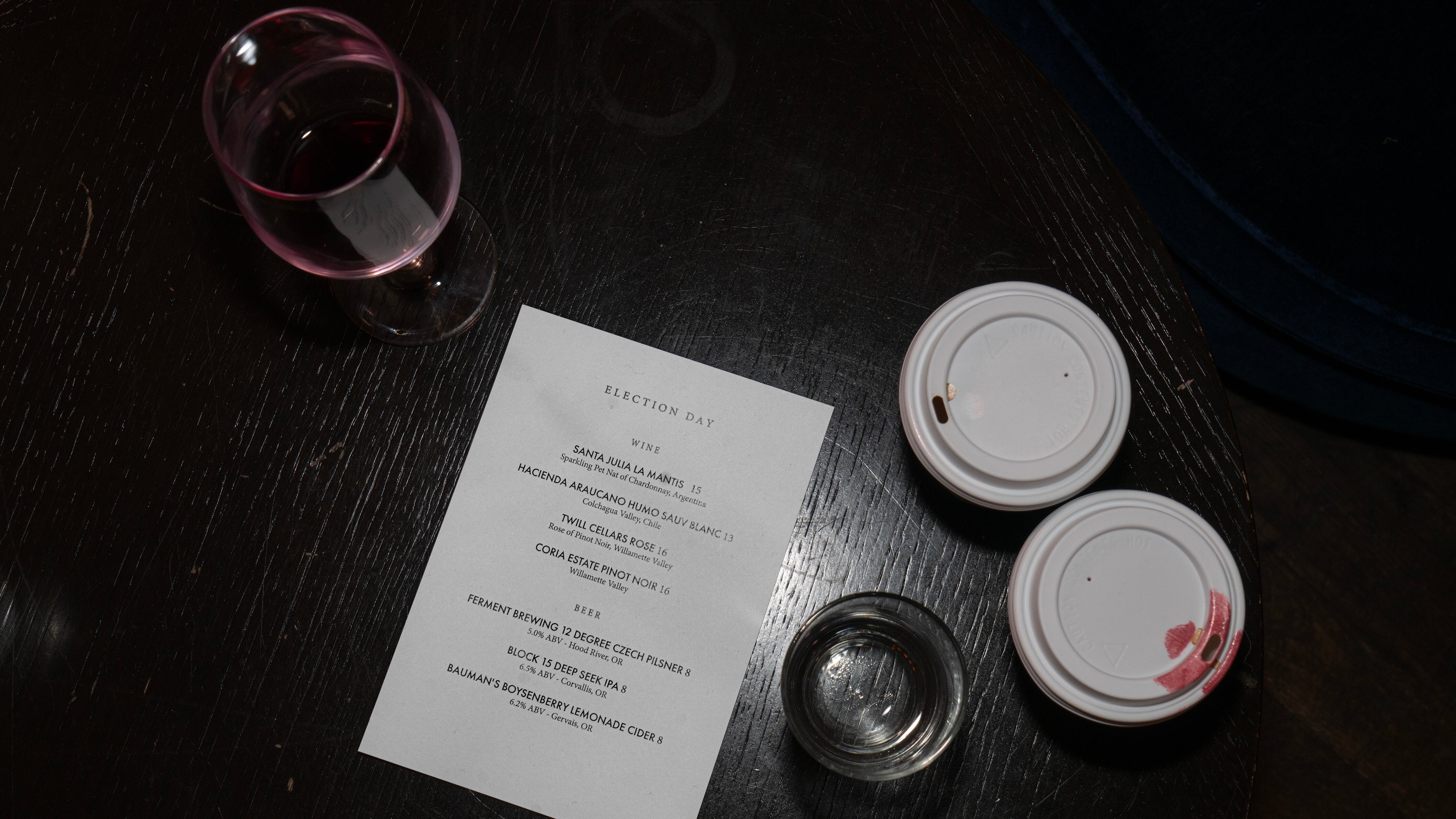Portland has clung to its, um, unique commission form of government since 1913, making it a living relic among large U.S. cities. Where else could someone with no experience with city streets and buses become CEO of the Transportation Bureau just by getting elected?
Not only did commissioners have unusual executive powers, they also got elected citywide, meaning they could tap any neighborhood for votes.
Change started July 1, when all city bureaus began reporting to a city administrator, who reports to the mayor. Legislators are executives no more. More change is coming in November, when 12 city councilors will be elected to represent four geographic districts. Voters get not one, but three councilors looking after local interests.
As previously discussed in Ballot Buddy, the districts are multimember and we’re using ranked choice voting to choose city councilors. If this reminds you of a Rubik’s Cube (50 years old this year!) or a dog track racing form, you’re not alone. Ballot Buddy is here to answer your questions. This week, we got one about the districts.
A reader asked:
Do we vote for council members for all districts or only ours?
Only yours! Your ballot will be tailored to your address, so you won’t even see candidates for other districts. But don’t let that get you down. With ranked-choice voting, you can choose up to six candidates in your district. Multnomah County’s HAL 9000-level computers will tally all the votes (there’s math involved) and spit out three winners.
Once again, we’ll address some related questions that no one asked but we think maybe they should:
Why are we voting in geographic districts?
The short answer is that East Portland tends to be ignored at City Hall. Folks from places like Argay Terrace, for example, complain regularly that the council hasn’t heard their pleas against putting a huge freight warehouse next to apartments and schools.
The left-leaning group that revised the city charter said a multidistrict City Council would give overlooked neighborhoods more say downtown. And they plumped the districts with three councilors each to give you more options if someone blows off your call about drag-racing teens, rabid coyotes, or Schwinn-swallowing potholes.
Who mapped the districts?
Per Measure 26-228, the City Council appointed the Independent District Commission to create them. (Yes, a totally different group from the one that crafted the measure.) Almost 300 people applied for 13 voting-member slots. The group drew from a wide variety of origins and occupations. There was a high school teacher, a union organizer, a real estate guy, a product designer, two lawyers, and even an WW alumna!
Appointed in January 2023, they had until Sept. 1, 2023, to finalize the plan, needing approval by at least nine voting members to proceed without City Council intervention. They got the job done ahead of schedule, finishing on Aug. 21.
How were the districts drawn?
The committee had eight priorities, pushing and pulling against one another like magnets. The full list: (1) contiguous travel within district boundaries; (2) compactness indicating closer residential proximity; (3) hewing to existing geographic or political boundaries like the Willamette River; (4) preserving communities of interest; (5) ensuring transportation connectivity; (6) equal population distribution; (7) drawing nonpartisan boundary lines; and (8) avoiding dilution of minority voting influence.
They invited input through an online tool called Districtr, and Portlanders submitted almost 300 maps. The commission released a draft plan on June 1, 2023, featuring three map options for community feedback. Public comment closed on July 22. After absorbing all the data, the commission voted to adopt the final map on Aug. 21, 2023.
To find your district, go to PortlandMaps.com and enter your address. Seven lines down, under PROPERTY, you’ll see City Council District and a number 1 through 4.
 This article is part of Willamette Week’s Ballot Buddy, our special 2024 election coverage. Read more Ballot Buddy here.
This article is part of Willamette Week’s Ballot Buddy, our special 2024 election coverage. Read more Ballot Buddy here.
